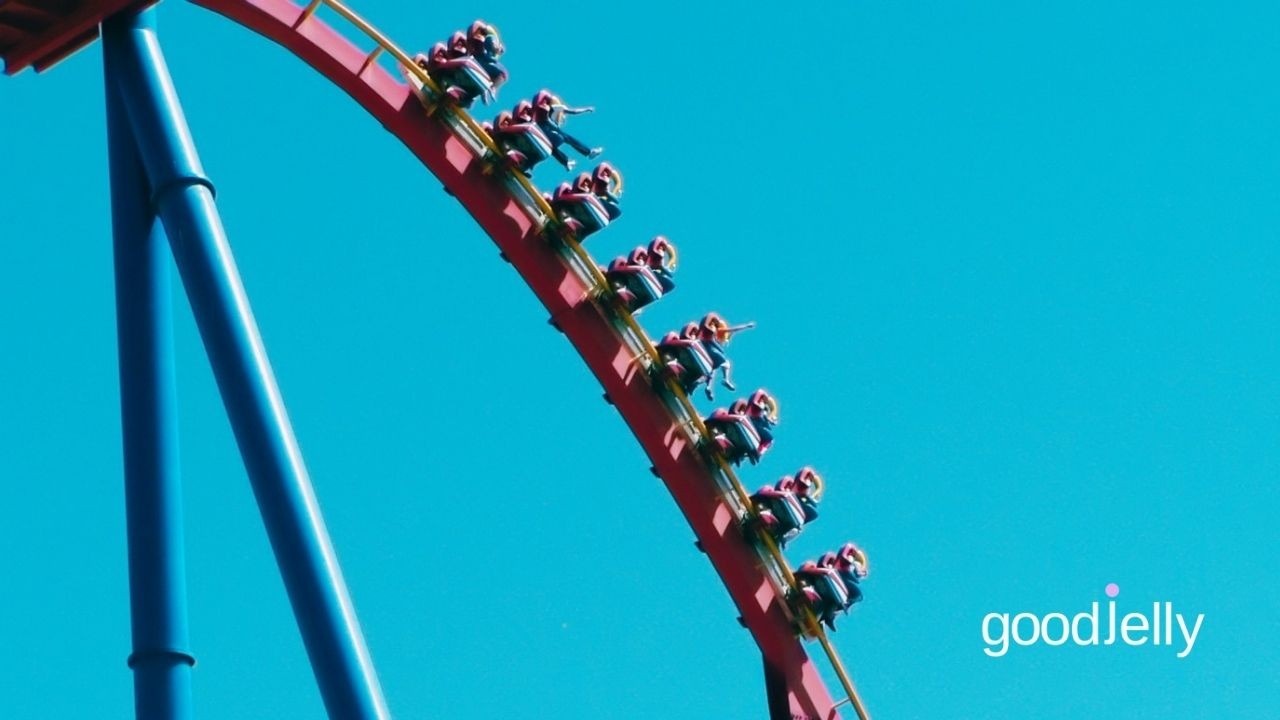On Taking Your Readers on a Ride

By Christine Carron
If you’re a writer, then I figure I’m not going too far out on the proverbial limb if I state that you probably want someone, even lots of someones, to read your work. Basically, you want readers. I fully admit to having that particular want myself.
Let’s imagine that we have them. Which means, yes, we’re totally skipping way far ahead in the process. A skip that includes a giant leap over the writing itself and another leap over getting the word out about our writerly work, a.k.a., the marketing.
I’m okay with those gargantuan process skips as long as we acknowledge them. Which we just did. And that means, today, we get to roll with my favorite mantra from Stephen Covey’s famous set of highly-effective-people habits: Begin with the end in mind.
And that means here we are, imagining that we have our readers. Let’s go wild and say we have lots and lots of readers! Sweet!
But remember, all those readers have shelled out their moolah and are about to give us—if we are novelists—a few hours of their precious time. So here’s the question: What are we giving them in exchange? Meaning: What is the end goal you have in mind for your readers?
Is it just the book itself? An even exchange of dollars for product? Or, is a more worthy end that our readers end up with the book plus something a little less tangible, but much more potent?
In a Masterclass article on the writerly benefits of reading one’s story aloud, author David Sedaris says: I want [the story] to be like a roller coaster that the audience is strapped into.
Sedaris is thinking beyond the book as a product. His true end is the emotional experience he gives his readers.
I’m with him.
The real gift we give our readers are those roller coaster thrills and chills. The ups and downs, twists and turns, chortles and tears. It is not what is happening in a book, but what is happening to the characters, how our characters feel about those events, and ensuring that our readers are feeling those moments, too.
Which, yes, is a taller order than stringing some plot points together.
Think of plot as a roller coaster car. Roller-coaster cars are important, even critical, to the experience, but in and of themselves they are not overly thrilling. You sit in one, have a bar slammed down in front of you; the seat is uncomfortable, wrapped in hard vinyl material, and who knows when it was last sanitized.
No one (with the possible exception of a germaphobe) is screaming in a perfectly still roller-coaster car. What gives the riders the roller coaster experience, i.e., what moves them, is the ride. The motion.
In story terms, motion is emotion. The emotional moments we writers create through the vehicle of plot that give our readers that breathless, let go of the bars, full throttle experience. Even supposed quiet stories have to do this. Quiet absolutely does not mean emotionally empty.
I had a brain freeze on this point a few months ago when I was stressing about a massive plot hole in my work-in-progress. I went into full left-brain mode, brainstorming the plot events that could bridge the hole.
Luckily, I had a call scheduled with the inimitable Patti Gauch. After we discussed all my thinking and plotting and bridge-the-gap scenarios, she stopped my brain frenzy in its tracks when she said, “Christine, don’t worry about bridging the gap, focus on filling it with moments.”
Patti was talking about moments of emotion. Of meaning. Of feeling. She was talking about the same thing Sedaris was talking about. Because when you fill your story with moments instead of plot points, then you are strapping your readers in and taking them on a ride. And that is an awesome, scream-worthy end for us writers to have in mind.
The Goodjelly Prompt of the Week
- Read your story aloud to a few friends. Pay attention to their emotional reactions, or lack thereof. Revise accordingly.
- Think about your plot as moments. In fact, every time you think, “I have to plot this story,” try changing that up to, “I have to moment this story.”
- Find a scene in your favorite story that moved you, i.e., took you on an emotional ride. Deconstruct how the author created that effect.
Don't miss a single dollop of Goodjelly
Subscribe for the Latest Blog Posts & Exclusive Offers!
You can easily unsubscribe at any time.


